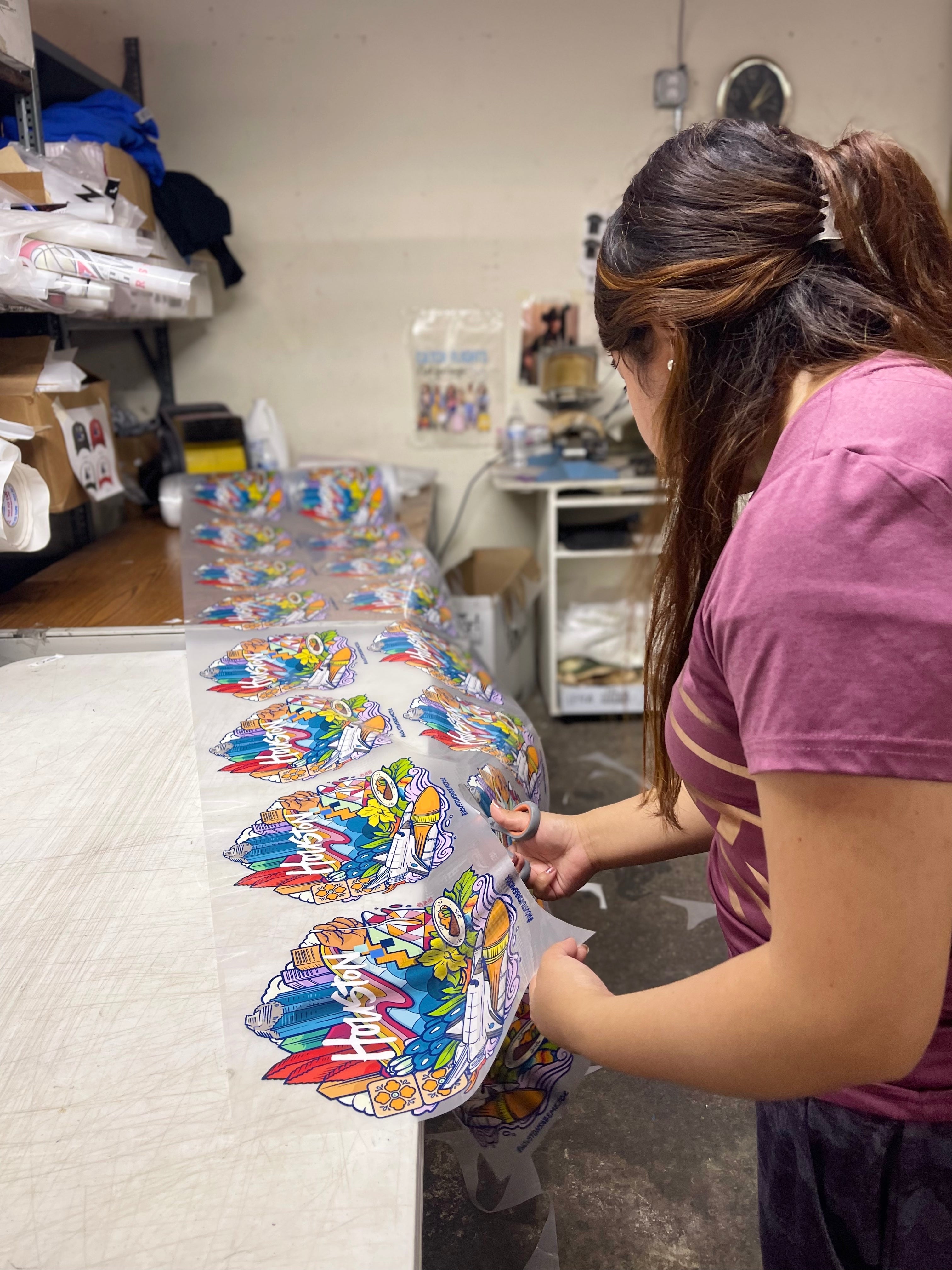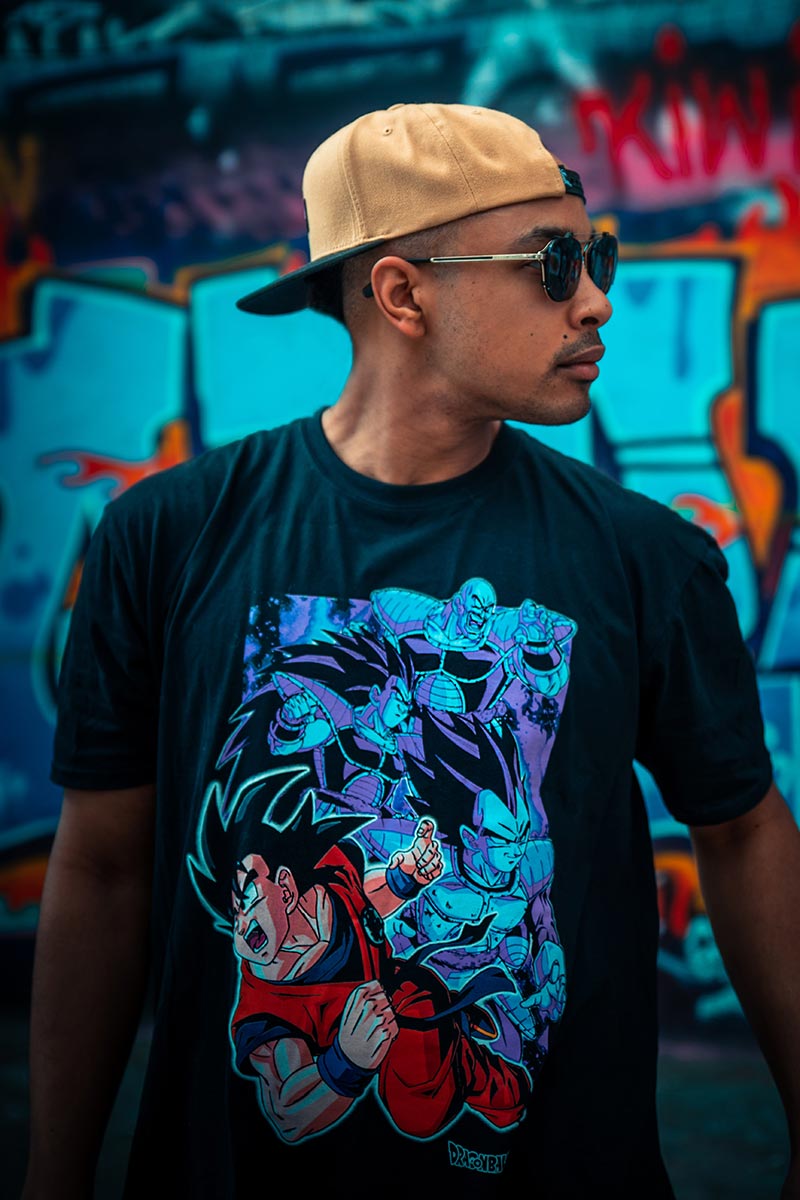DTF Printing Transformation: Unleashing Creativity in Fabric Style and Production
Ultimate Guide to DTF Printing Strategies for Magnificent Textile Styles
Embarking on the trip of mastering DTF printing strategies can open a globe of opportunities for creating aesthetically fascinating fabric layouts. As the textile industry remains to evolve, remaining ahead of the contour with innovative printing techniques is vital. In this overview, we will certainly discover the complex information of DTF printing, from comprehending the fundamental fundamentals to unraveling advanced shade techniques that can raise your styles to brand-new elevations. Stay tuned as we dive right into the subtleties of choosing the right materials, refining the printing process, and overcoming common difficulties to accomplish magnificent results.
Recognizing DTF Printing Basics
DTF printing, a procedure that involves moving designs from a special film to textiles using warmth and stress, develops the structure of textile printing methods. This innovative technique permits top quality, lively designs to be flawlessly moved onto numerous fabrics with precision and detail. The very first step in DTF printing involves developing or picking a style that will be published onto the fabric. This style is then printed onto a special movie utilizing a DTF printer, which uses particular dyes or pigments to ensure shade accuracy and sturdiness.
The final outcome is a magnificent, durable fabric style that is washable, flexible, and resistant to fading. Generally, comprehending the essentials of DTF printing is crucial for mastering this contemporary fabric printing technique.
Selecting the Right Fabric Materials
Having developed the foundational concepts of DTF printing techniques for fabric layouts, the next important factor to consider depends on selecting the suitable fabric materials to enhance this innovative procedure properly. The success of a DTF print greatly relies on the compatibility between the selected textile and the printing technique. When choosing textile products for DTF printing, it is important to take into consideration the textile's structure, weave, and appearance. Fabrics that function well with DTF printing consist of polyester blends, spandex, nylon, and various other synthetic materials. These textiles generally have a smooth surface that permits vivid and comprehensive prints. In addition, the stretchability of these products can suit the heat transfer procedure included in DTF printing without misshaping the style. It is recommended to prevent natural fibers such as cotton or silk, as they may not generate the same degree of print clearness and sturdiness. By selecting the ideal fabric materials, developers can take full advantage of the possibility of DTF printing to produce sensational and resilient textile designs.

Grasping the Printing Refine
To master DTF printing methods for fabric styles, mastering the printing process is essential for attaining constant and top notch results. The printing process in DTF includes a number of key actions that require accuracy and focus to information. Firstly, preparing the art work for printing is important. This consists of making certain the layout is appropriately sized and positioned for the fabric. Next, the design is published onto an unique DTF movie utilizing a suitable printer with the right settings to attain ideal shade vibrancy and quality (DTF Printing). Once the style is printed, it is then moved onto the textile making use of a heat press equipment. The temperature, pressure, and period of warmth application need to be thoroughly regulated to ensure proper bond of the design to the fabric. Additionally, understanding the peeling off process after warm pushing is vital to avoid any type of damage to the design or textile. By refining each of these action in the printing procedure, developers can regularly generate resilient and spectacular textile designs with DTF printing strategies.
Enhancing Designs With Shade Methods

Moreover, explore shade gradients can bring a feeling of motion and fluidness to the layout. By blending shades effortlessly, a slope result can be achieved, adding a modern and dynamic touch to the textile layout. Additionally, using color obstructing techniques can produce vibrant and striking visuals by juxtaposing various strong colors in distinctive sections of the design.
In addition, incorporating metallic or neon shades can give a one-of-a-kind and distinctive element to the fabric style, making it stand apart and emanate a sense of vibrancy. When tactically used, these color techniques can elevate the total visual charm of fabric styles, making them more unforgettable and exciting.
Troubleshooting Common DTF Printing Issues
After exploring numerous shade techniques to enhance textile layouts, it is vital to deal with usual DTF printing problems Click Here that may arise throughout the manufacturing process. One usual issue is poor adhesion, which can arise from incorrect curing temperatures or times. To fix this trouble, make certain that the healing setups are precise and that the adhesive made use of is suitable for the certain textile being printed on. An additional frequent challenge is color disparities, where shades might appear in a different way than anticipated. This can be triggered by wrong shade accounts Check Out Your URL or setups in the printing software. To tackle this, confirm the shade setups and accounts to ensure they match the desired design. In addition, problems with image clarity and sharpness can occur as a result of low-resolution images or improper printing strategies. To resolve this, always utilize high-quality images and adjust the printing setups for ideal clearness. By recognizing these typical problems and implementing the required troubleshooting actions, you can boost the overall high quality of your DTF published fabric designs.
Conclusion
In verdict, grasping DTF printing methods is necessary for creating sensational textile styles. With practice and interest to information, one can create beautiful and special fabric layouts using DTF printing strategies.
Layouts))))
DTF printing, a procedure that involves transferring layouts from a special film to textiles utilizing warm and stress, creates the structure of fabric printing methods.Having actually developed the foundational concepts of DTF printing techniques for textile layouts, the next crucial factor to consider lies in selecting the proper Recommended Reading textile materials to enhance this ingenious procedure efficiently. By picking the best fabric materials, developers can optimize the potential of DTF printing to develop spectacular and durable textile layouts.
To stand out in DTF printing strategies for textile designs, understanding the printing process is important for accomplishing top notch and constant results. DTF Printing. By developing each of these steps in the printing process, developers can regularly generate magnificent and durable fabric layouts with DTF printing techniques